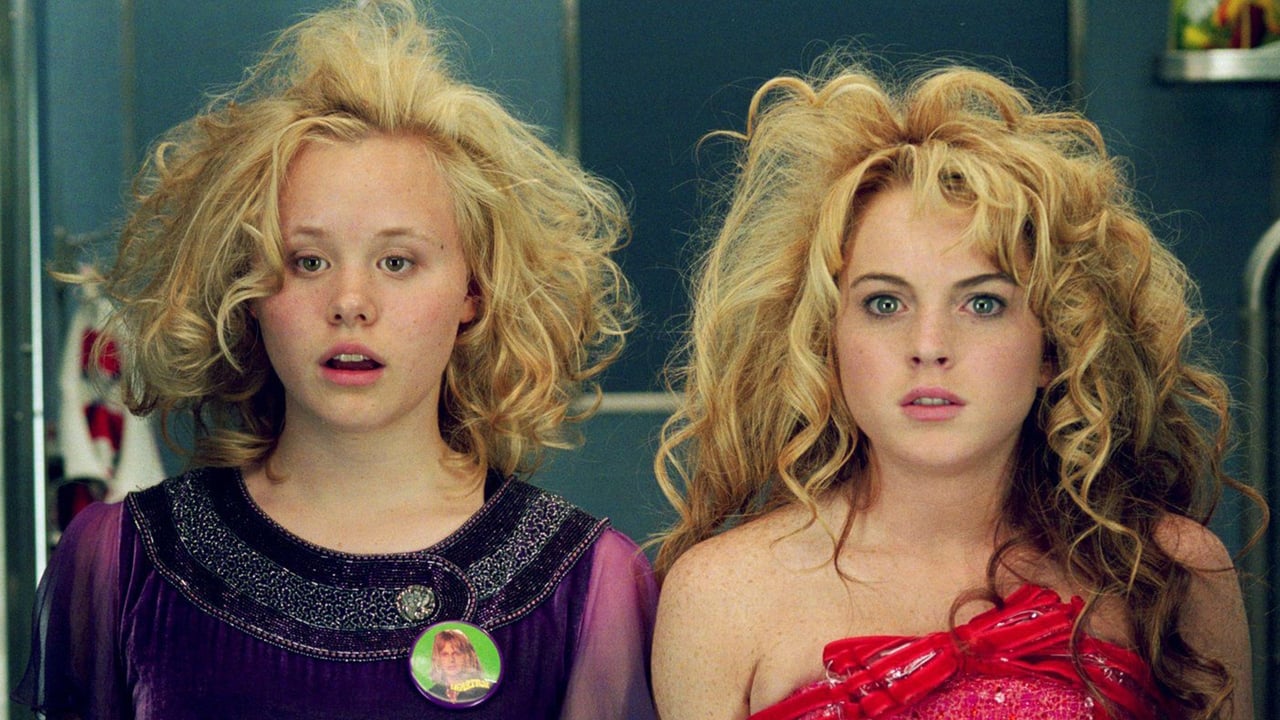A Legacy of Celluloid and Bone
The 1982 supernatural horror film Poltergeist, directed Tobe Hooper, remains a chilling classic. Beyond its iconic special effects and nightmarish scenarios, the film harbors a secret as unsettling as the events that unfold on screen: the use of real human skeletons as props. This decision, shrouded in ethical controversy, adds a layer of unexpected realism to the film’s portrayal of the macabre.
Unearthing the Truth: The Decision to Use Real Skeletons
Special effects in the early 1980s were a constantly evolving art form. While groundbreaking techniques were emerging, creating convincing artificial skeletons remained a costly and time-consuming endeavor. In a quest for both budgetary efficiency and chilling authenticity, the production team behind Poltergeist made the unorthodox decision to acquire real human skeletons. Special effects maestro Richard Edlund famously argued that real skeletons would provide a more natural look and texture, lending a sense of unsettling verisimilitude to the film’s hauntings.
A Pool of Bones: The Swimming Pool Scene and Beyond
The most infamous use of real skeletons occurs during the film’s climax. As the Freeling family home convulses with paranormal activity, the swimming pool transforms into a churning vortex of murky water. Actress JoBeth Williams, who portrayed Diane Freeling, later revealed in interviews her belief that the props used in this scene were fabricated plastic skeletons. However, the unsettling truth is that real human skeletons were submerged in the water, their forms shifting and colliding as the special effects team created the illusion of a chaotic underwater graveyard.
The use of real skeletons wasn’t limited to the swimming pool scene. Skeletal figures were also incorporated into other chilling sequences, including glimpses within the Freelings’ decaying house and the unsettling vision of a graveyard unearthed beneath their idyllic suburban neighborhood.
Ethical Quandaries: A Debate Ignited
The revelation that Poltergeist employed real human skeletons sparked a heated debate within the film industry and beyond. Questions were raised regarding the source of the skeletons and the ethics of their use as props. Some argued that it was a disrespectful and unnecessary exploitation of human remains. Others defended the decision as a creative choice made in pursuit of artistic realism.
The film’s producers have never publicly disclosed the origin of the skeletons. Speculation ranges from medical supply companies to donated remains from unidentified individuals. The lack of transparency surrounding their acquisition only fueled the controversy.
A Haunting Legacy: The Skeletons and the Film’s Enduring Impact
The use of real skeletons in Poltergeist remains a source of fascination and unease for audiences and filmmakers alike. While the ethical implications continue to be debated, there’s no denying the impact this decision had on the film’s atmosphere. The unsettling realism it provided undoubtedly contributed to the film’s enduring power to terrify.
Beyond the Bones: The Special Effects Legacy of Poltergeist
It’s important to recognize that the use of real skeletons in Poltergeist was just one facet of the film’s groundbreaking special effects. Industrial Light & Magic, the special effects company founded George Lucas, played a pivotal role in creating the film’s now-iconic visuals. Techniques such as miniature set construction, early forms of motion control camera systems, and inventive stop-motion animation brought the film’s spectral threats to life. These advancements laid the groundwork for future special effects innovations that continue to shape the horror genre.
A Collision of Controversy and Creativity: The Enduring Allure of Poltergeist
Poltergeist’s legacy extends beyond its special effects. The film’s exploration of suburban anxieties, the vulnerability of the nuclear family, and the ever-present threat of the unseen resonated deeply with audiences. The controversy surrounding the use of real skeletons only served to heighten the film’s mystique, ensuring its place as a cultural touchstone. Whether viewed from the perspective of filmmaking achievement or ethical quandary, Poltergeist remains a powerful and thought-provoking cinematic experience.
13 Haunting FAQs: The Real Skeletons of Poltergeist
- Did Poltergeist Really Use Real Skeletons? Yes! The film employed real human skeletons for several unsettling scenes.
- Why Real Skeletons? Special effects in the early 1980s were evolving, and real skeletons offered a more natural look and texture compared to fabricated ones.
- Which Scenes Used Real Skeletons? The swimming pool scene is the most famous, but skeletons also appeared in the decaying house and graveyard sequences.
- Where Did the Skeletons Come From? The origin remains a mystery. Theories range from medical supply companies to unidentified donor remains.
- Was Using Real Skeletons Ethical? This sparked fierce debate. Some saw it as disrespectful, while others defended it as artistic realism.
- Did the Actors Know About the Real Skeletons? JoBeth Williams (Diane Freeling) believed plastic props were used in the pool scene, highlighting the lack of transparency.
- Were There Any Special Effects Besides Skeletons? Absolutely! Industrial Light & Magic created iconic visuals using miniature sets, motion control cameras, and stop-motion animation.
- Is the Skeleton Use the Only Controversy Surrounding Poltergeist? No! The film explores anxieties about suburban life, the nuclear family, and the unseen, resonating deeply with audiences.
- Did the Real Skeletons Make the Movie Scarier? Many argue the unsettling realism they provided significantly contributed to the film’s enduring power to terrify.
- What is Poltergeist’s Legacy Beyond the Skeletons? The film is a landmark in special effects and horror, but it also tackles universal themes, solidifying its place as a cultural touchstone.
- Can You See the Skeletons Clearly in the Film? The special effects team added texture and aged the skeletons, so they may not be immediately recognizable.
- Is There Any Proof the Skeletons Were Real? Special effects makeup artist Craig Reardon confirmed their use under oath.
- Is Poltergeist Still Scary Today? Despite its age, the film’s exploration of fear and the unknown continues to resonate with audiences, making it a timeless horror classic.




